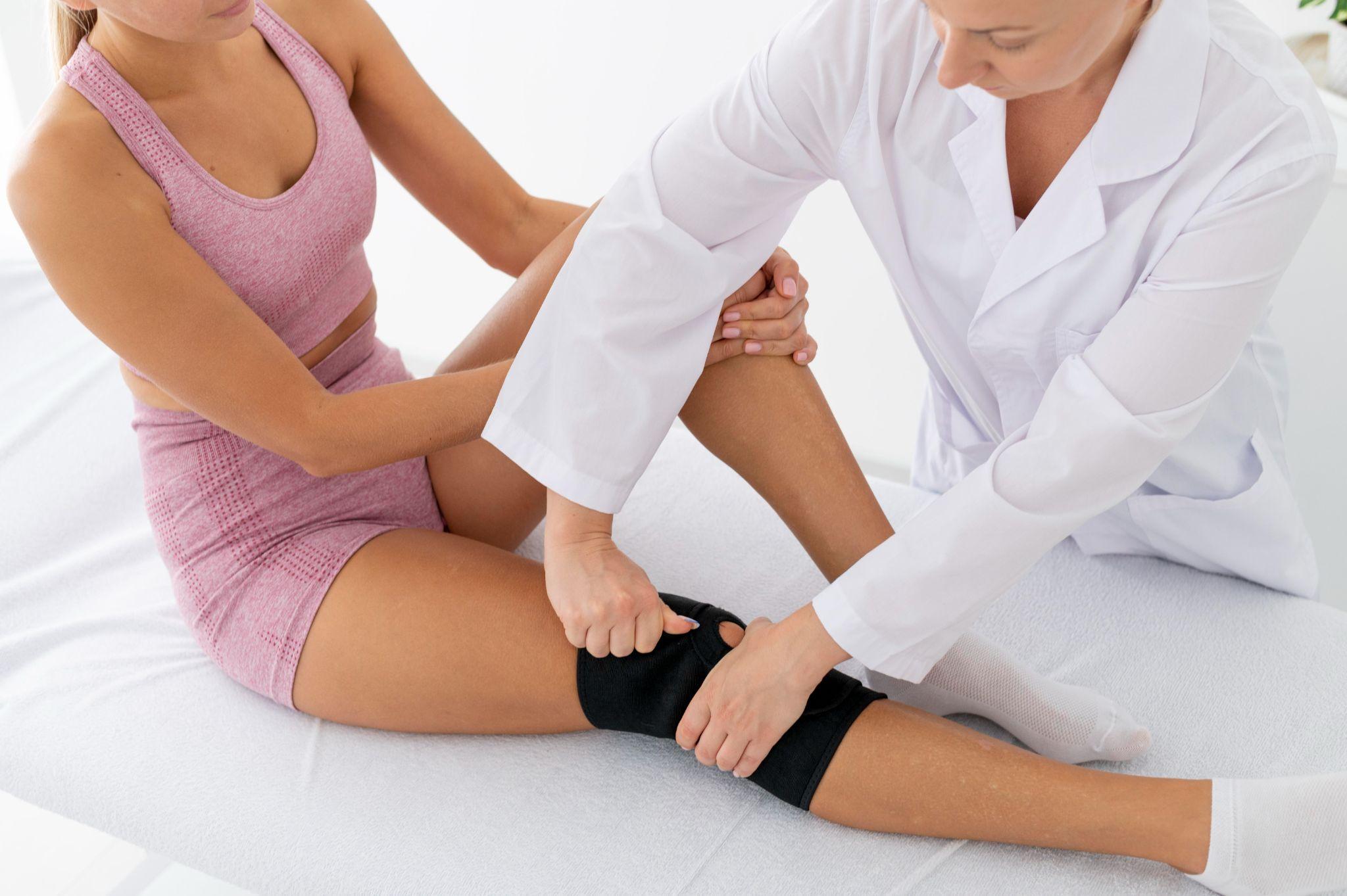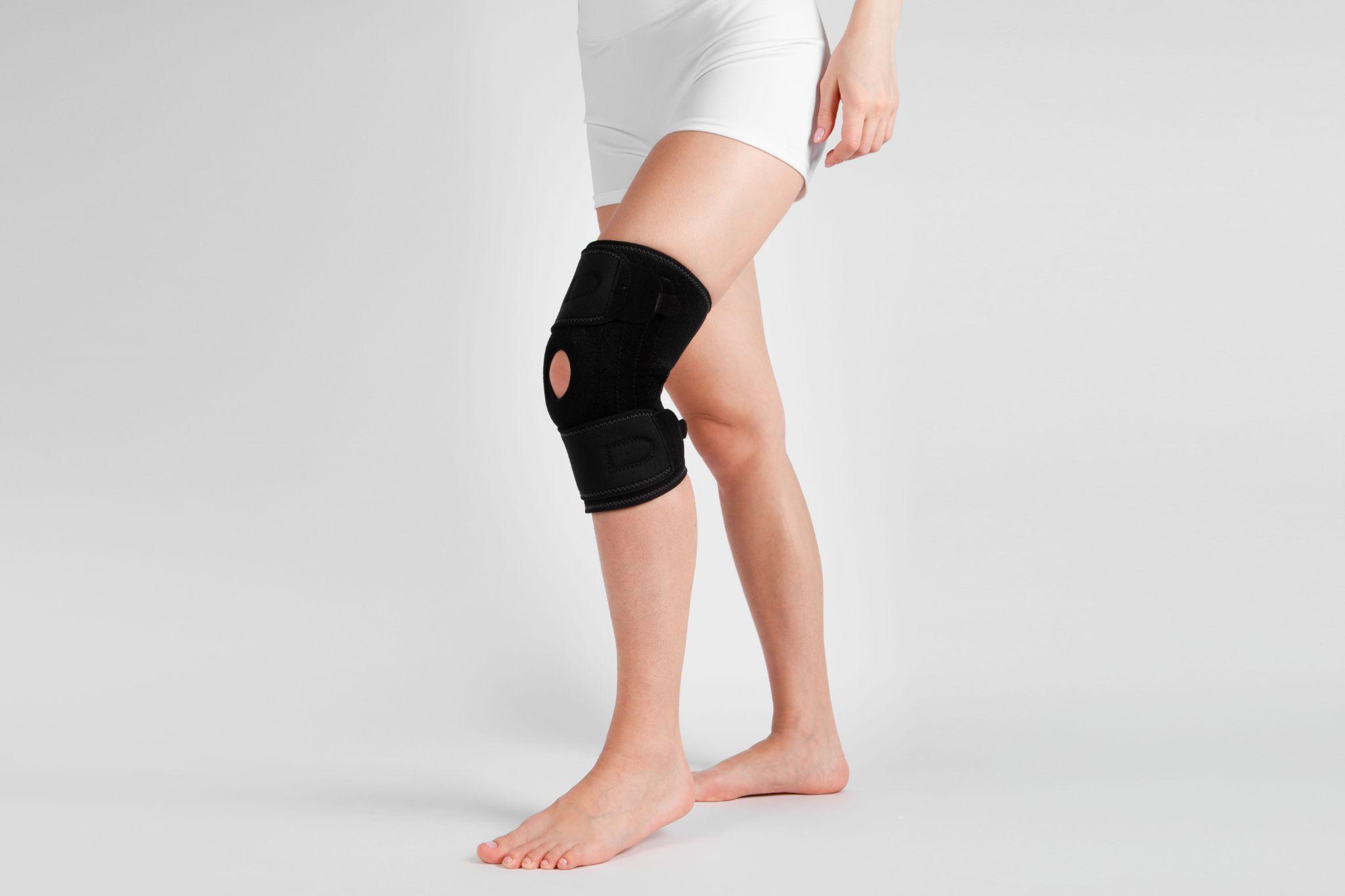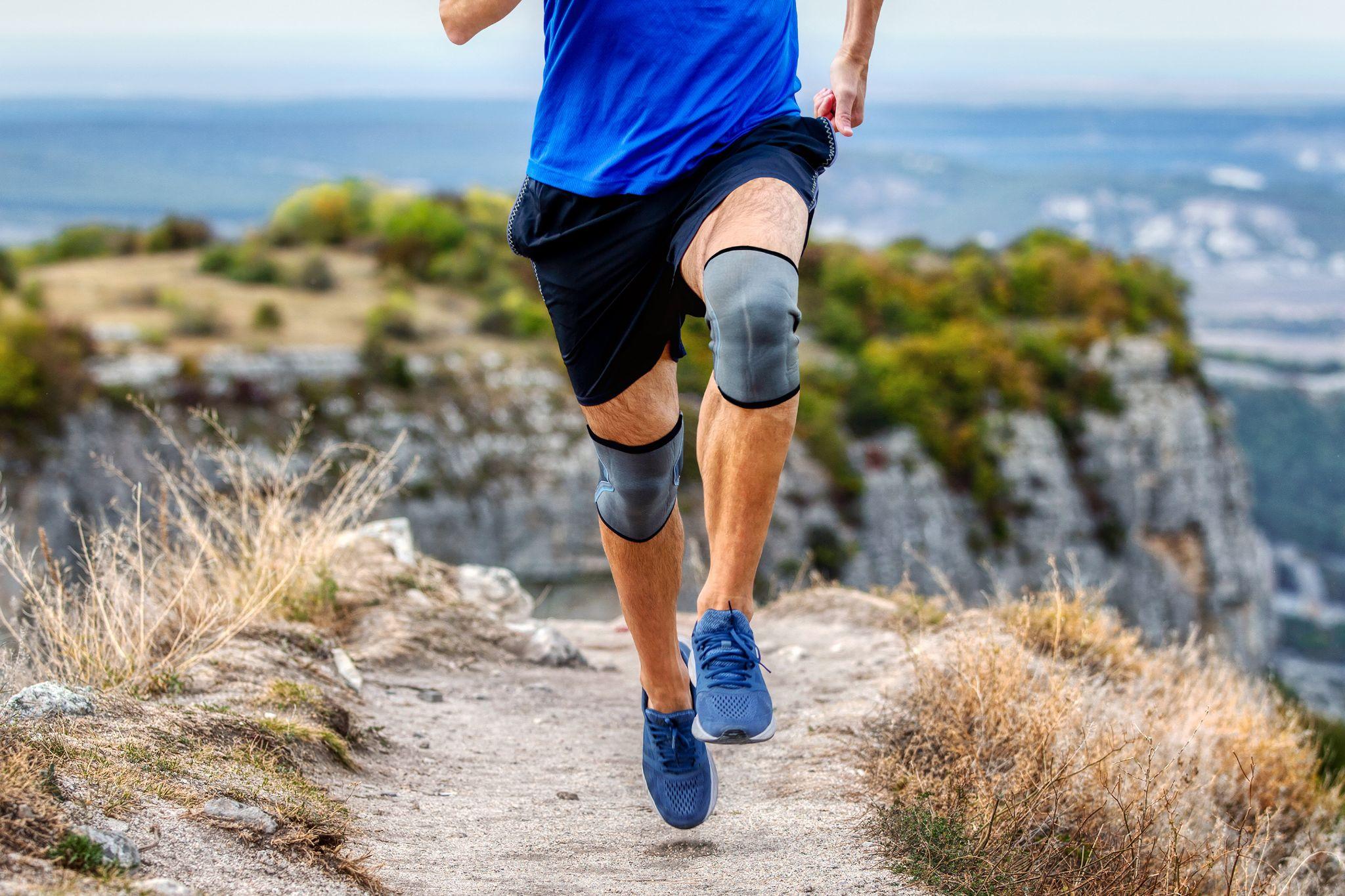Knee Brace & Orthotics: Do They Prevent Surgery?

Millions of knee surgeries are performed every year worldwide. According to some reports, India alone performs over 2 lakh (200,000) knee replacements annually, and the number is growing.
Knee pain is something most of us experience, particularly as we get older or remain active in sports and at work. Arthritis, an old trauma may cause it, or merely wear and tear from the years, but knee issues can make even the simplest action, such as walking or ascending stairs, seem like a chore.
In the past few years, an increasing number of individuals have been exploring non-surgical options such as knee orthotics and braces to alleviate knee pain and prevent surgery. Physicians and physiotherapists usually recommend these assistive devices since they are simple to implement, less costly than surgery, and do not entail lengthy recovery periods.
Understanding the Problem: Why Knee Surgeries Are Common
Our knees do a tremendous amount of heavy lifting, literally. Each time we walk, bend, run, or jump, our knees take an enormous amount of pressure. With time or due to trauma, the structures within the knee, such as cartilage, ligaments, or bone, can get injured.
Bilateral Knee Conditions That Result in Surgery
- Osteoarthritis: An extremely common condition in which the cartilage that protects the knee gets worn off, leading to pain, stiffness, and swelling.
- Ligament damage: Particularly the ACL (anterior cruciate ligament), which usually occurs in sports or an accident.
- Meniscus injuries: The meniscus is the cartilage in your knee that feels like a cushion and can tear because of quick twisting or wear and tear.
What Are Knee Braces and Orthotics?
Before we discuss how they assist, let's know what these gadgets are.
Knee Braces
A knee brace is a portable device that stabilizes your knee joint and assists in movement control. It's commonly made of plastic, metal, or fabric and is available in various styles based on your condition.
Types of Knee Braces:
- Functional Braces – Applied after injuries such as ACL tears to stabilize.
- Unloader Braces – For individuals with knee osteoarthritis, particularly if one side of the knee is painful.
- Prophylactic Braces – Frequently worn by sports participants to avoid injury.
- Rehabilitative Braces – After surgery or injury, they are utilized to restrict knee movement while it heals.
These devices not only provide relief but also offer comfort, relieving pressure from your joints and reducing strain, making your daily activities more manageable and less painful.

When pain becomes intense, movement worsens, or the joint is unstable and stops responding to simple treatment, physicians will prescribe surgery such as a knee replacement or arthroscopy to repair the damage.
Orthotics (Shoe Inserts)
Orthotics are over-the-counter or custom-made inserts that fit into your shoes. Their primary function is to adjust the way your feet strike the ground and enhance body alignment. When your feet are not aligned, this can lead to additional strain on your knees, resulting in injury or pain.
There are two basic categories:
- Prefabricated orthotics: Pre-made and easily available to purchase.
- Custom orthotics: Created to fit your specific foot shape and walking mechanism by an expert.
If your foot rolls in too much (flat feet) or out too much (high arches), it can impact your knee joints. Orthotics balance the weight, correct posture, and reduce the stress on your knees.
How Braces and Orthotics Assist in the Management of Knee Conditions
Now, how exactly do these devices benefit your knees? Let's dissect it.
They Decrease Pain and Inflammation
By supporting and restricting harmful movement, knee braces can minimize daily stress on your joints. Orthotics, in reducing strain on the knee by improving foot alignment, also help alleviate stress on the knee. Consequently, you experience reduced pain and swelling when walking or exercising.
They Improve Joint Alignment and Stability
If your knee is unstable or wobbles, bracing can stabilize it and make you confident in walking. Likewise, orthotics adjust your walking gait, and this makes your whole leg move better, from the foot to the knee.
They Defer the Progression of Arthritis or Injury
By loading less on the knee and altering how pressure is put on the knee, unloader braces and orthotics can slow the progression of arthritis. This provides you with more time before deciding on surgery.
They Enhance Mobility and Quality of Life
Less pain and improved stability allow you to remain active, walk more easily, and prevent you from becoming immobile. Exercise plays an important role in treating most joint disorders.
Evidence & Research: Do They Help Prevent Surgery?
Several medical studies and reviews indicate that knee orthotics and braces may greatly assist individuals with mild to moderate knee osteoarthritis or initial joint trauma. For instance, according to a research article in the journal Osteoarthritis and Cartilage, unloader knee braces reduced pain and improved function in patients with osteoarthritis of the medial compartment. Numerous patients in the study were able to postpone or prevent surgery for years.
Just like in the case of orthotics, custom orthotics have worked wonders in individuals who have poor foot alignment. By enhancing posture and equilibrium, they minimize knee strain and retard the wear and tear.
When These Tools Work Best:
- Early-stage arthritis, where cartilage is thin but not completely lost.
- Following knee injuries (such as ligament strains or meniscus tears), particularly in recovery.
- In younger or middle-aged patients who prefer to remain active without having to undergo surgery.

Even small changes in posture and foot support can make a massive difference in the long run.
Who Might Benefit the Most?
These assistive devices are not one-size-fits-all, but they are versatile and can benefit many. Whether you have early-stage osteoarthritis, have had knee surgery, or are an athlete or physically active, there is a knee brace or orthotic that can meet your specific needs and provide the support you require.
- You Have Early-Stage Osteoarthritis: If your knee pain is mild to moderate and confined to one side, an unloader brace can relieve pressure on the painful area and ease pain.
- You've Had Knee Surgery: Most individuals wear braces or orthotics after surgery to shield the joint and aid in healing.
- You're an Athlete or Physically Active: Braces may avoid re-injury, offer support, and enable athletes to return to sports securely following a strain or ligament injury.
- You Have Foot or Leg Alignment Problems: Orthotics can correct your alignment if you have flat feet, high arches, or knock knees and ease pressure on the knees.
How to Select the Proper Device
Selecting the proper knee brace or orthotic isn't a matter of grabbing the first one you see in a pharmacy. It must address your particular problem and your body.
Always Begin with Medical Guidance
A consultation with an orthopedic physician or physiotherapist is necessary. They will inspect your joint, suggest the proper type of device, and even assist in fitting it correctly.
Off-the-Shelf vs Custom-Made
Off-the-shelf orthotics/braces are less expensive and convenient, but perhaps not a perfect fit.
Custom-made devices are made especially for you, particularly beneficial if you have a complicated problem or asymmetrical leg alignment.
Seek Proper Fit & Comfort
- The knee brace should feel snug but not tight.
- Materials should be breathable and skin-friendly.
- You should be able to walk comfortably without it slipping or causing pain.
- A poor-fitting device can make things worse, so don’t compromise on quality.
Conclusion
These devices decrease pain, correct the alignment, and enable you to remain active without adding more stress to the joint. Many individuals have been able to avoid or forego surgery with the proper support and lifestyle adjustments.
Keep in mind, not all knees are alike. What is suitable for one individual may not be the same for another. That's why it's so critical to speak with a medical professional before making your treatment decision.